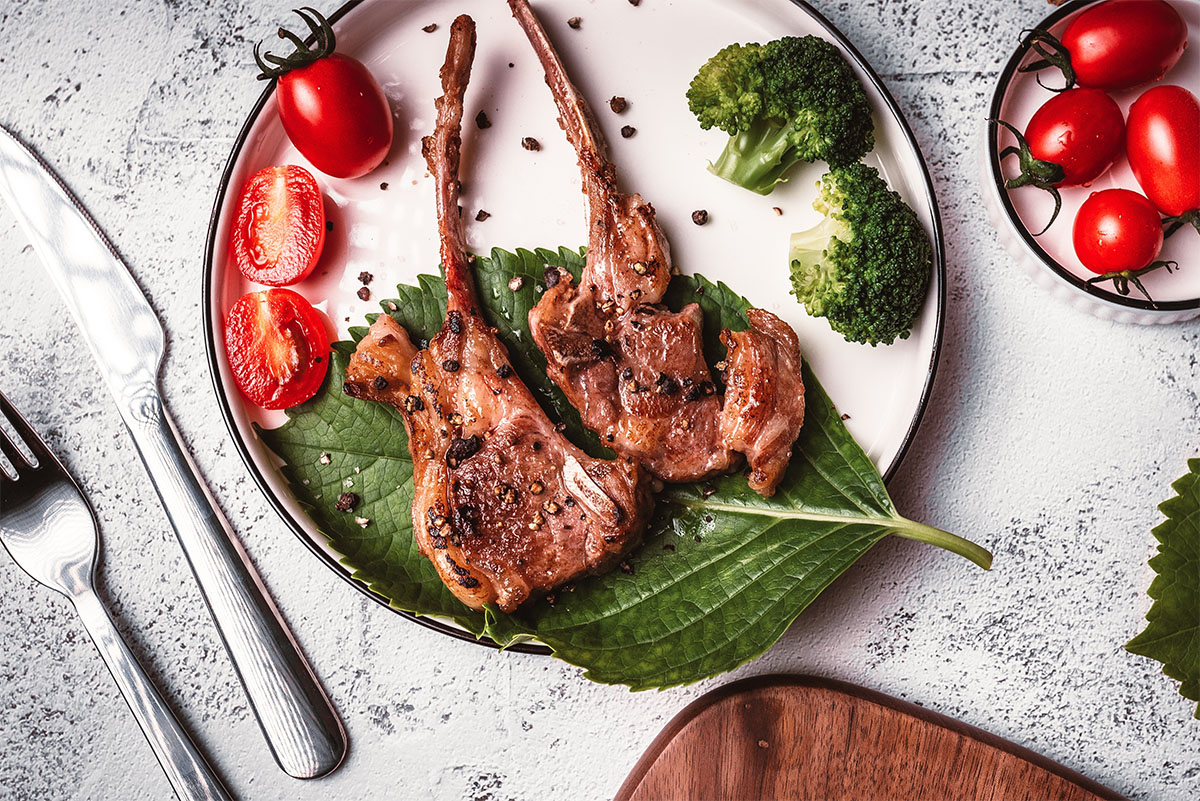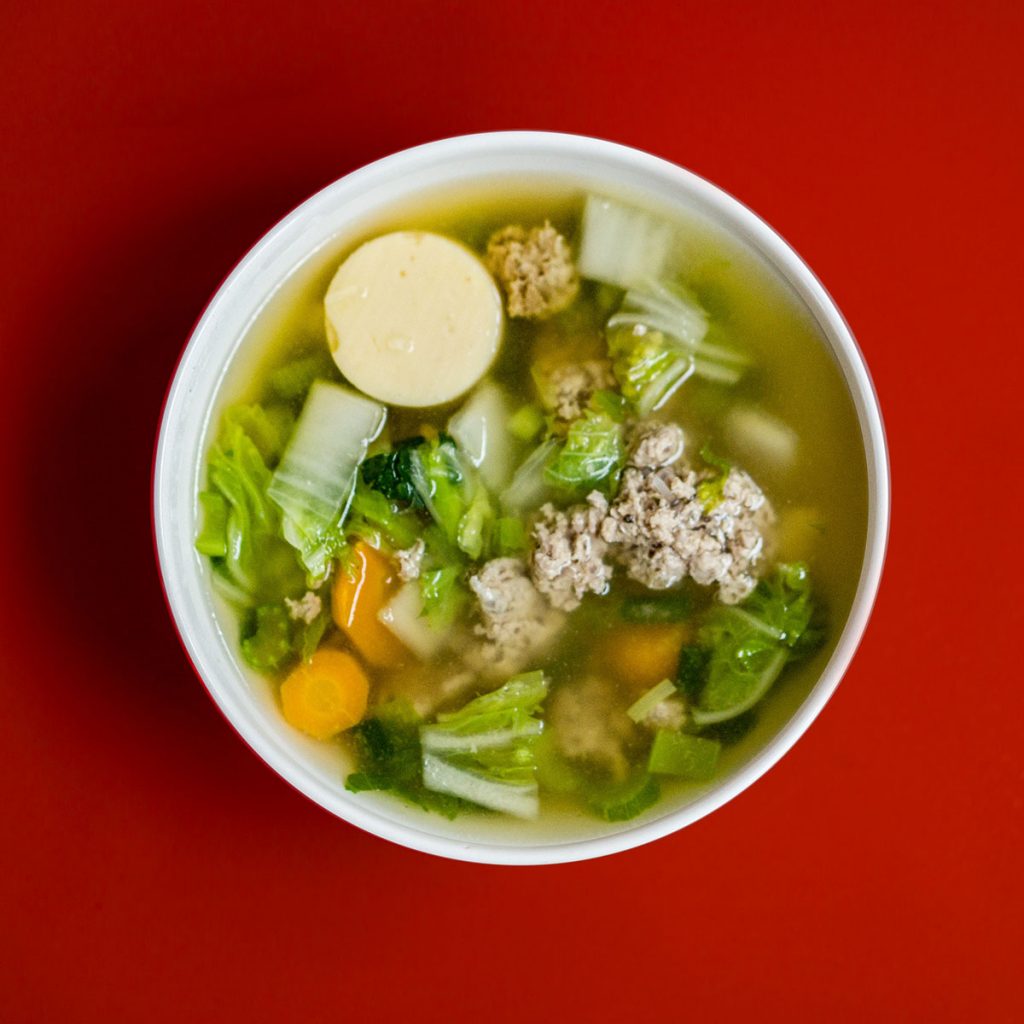25 Nov Tips For Eating Out
Tips for Eating Out
Before You Go
If you can, choose the restaurant.
Check out the menu online before you get there. Do it when you are relaxed and not hungry. You will be less likely to be influenced by other people at the table if you have already made up your mind what you want to eat before you get there.
Decide before you go what you are going to splurge on… will it be the wine or a dessert??
Don’t starve yourself during the day if you are going out for dinner. If you get to the restaurant and haven’t eaten all day, chances are you will devour the bread basket before the meal comes out. Eat a normal breakfast and make sure lunch includes protein e.g. a big bowl of salad plus cooked chicken. Try and have a high protein snack 2 - 3 hours before dinner like a small handful of nuts or small yoghurt with fruit.
Save Calories
Hold the bread and don’t order that trio of dips. Ask them not to bring bread out before the meal if it’s included. If you do have bread, go halves with someone at the table and skip the butter.
If you do have bread, make sure you choose a main course that isn’t carb heavy e.g. pasta or pizza.
Drink water instead of soft drink to save a stack of calories. Try ordering a bottle of sparkling water and drink it out of your wine glass.
Ask for any dressings to be served on the side. Add no more than 2 tbsp. Avoid creamy/aioli based dressings and go for the vinegar/citrus varieties.
Learn The Lingo
Avoid meals that are described as pan-fried, crispy, dipped or crunchy. These will more than likely have been cooked in oil or butter, making them high in calories.
Choose dishes that have been grilled, steamed, baked, roasted or poached. Don’t be afraid to ask how something is cooked, the staff should be happy to help.
Swap It Out
Most restaurants are happy to modify dishes to suit dietary needs.
Ask for extra salad and veggies instead of chips to go with your meal.
Size It Right
Often meals at restaurants are much larger than what you would serve up at home.
Choose either an entrée OR dessert to have with your main course.
When ordering your main course, ask for an entrée size.
If you are sharing with other people at your table, use your side plate to serve a little of each dish one at a time and enjoy each one individually.

After Your Meal
Don’t pick at your food when you’re full. Cover your plate with your serviette or pour salt and pepper over your plate so you can’t eat it.
Wait 20 minutes before ordering any dessert. If you still feel like something sweet try ordering a hot chocolate or share a dessert, chances are someone else at the table would like to cut back on calories too.
Extras…
Vegetarian doesn’t always = healthy option. Things like fritters are often deep fried.
Not all salads are created equal. Avoid salads with cheese, bacon, croutons and creamy dressings.
Sit next to the person who has good eating habits, chances are you will mimic what they do without even realising.
Eat mindfully. This means slowing down and enjoying the company and conversation as well as savouring the flavours and aromas of your food. Remember to put your cutlery down between each mouthful of food.
Your Best Options
Avoid ALL-YOU-CAN-EAT buffet style restaurants.
If you do find yourself at one of these danger zones try these tips…
Use a side plate or small bowl.
If you do use a normal size plate, make sure it is half full of salad and veg.
Avoid gratin style veggies dishes like cheesy cauliflower and cooked mushrooms, which are usually cooked with A LOT of butter.
Build your own salad from the raw, undressed options like cucumber, grated carrot, beetroot, and sliced mushroom. Add steam veg that hasn’t been drowned in oil and butter.
Put salad dressing in a cup or small bowl (2 tbsp max) and dip your fork into the dressing rather than pour it over the top of everything. Vinegar, mustard and olive oil are good options.
Salads
Go for bean salads, Greek salad and garden salads that have stacks of leafy greens, these are the way to go. Don’t forget… ask for the dressing to come on the side. Avoid Caesar salads, pasta salads and potato salads that are usually soaked in creamy dressings.
Asian
Go for clear soups/broths, steamed Asian greens, rice noodles, steamed rice (1/2 a cup is a serve), cold rolls, steamed dumplings, steamed dim sims and grilled meats. Avoid deep fried entrees like spring rolls, dim sims and fish cakes. Steer clear of fried rice, Pad Thai and mains that contain coconut cream such as curries and laksa and always ask for sauces such as satay and hoisin to come out on the side.

Pasta/Pizza
Pasta - Order entrée size as your main meal if you are ordering pasta as it's super filling. Go for spinach and ricotta tortellini or cannelloni and always opt for the tomato based pasta sauces and avoid the pan-fried and creamy dishes.
Pizza – Order a thin base. Ask for half the cheese or no cheese. Order the vegetarian pizza and add your own meat such as roast chicken to it as an extra. Avoid meat lovers as these usually have highly processed meats like salami, bacon and ham which are fatty and high in salt. Why not share a pizza with someone (especially if you are having dessert too…)?
Fish Dishes
Go for baked, grilled or steamed with salad and steamed veg. Avoid battered, crumbed or fried and buttery sauces. Fish usually comes served with fried chips and mayo/aioli sauces on the side which makes for a very high calorie meal… HOLD the chips and get extra veg , ask if they do baked potatoes but make sure when they say baked it’s not actually deep fried!!
Sushi
Go for raw fish, vegetable, egg, sashimi and teriyaki varieties. Add flavour with wasabi, small amounts of soy sauce and pickled ginger. Avoid tempura, cooked tuna, crumbed meat and creamy/mayo varieties.
Indian
Watch out for the 3 M's, they are a cream based dishes and high in calories and fat:
Masala, Makhani, Malai
Watch out for dishes including paneer (cheese) and ghee (clarified butter) and nut based sauces. Look for tikka, tandoori and bhunda style meals.
Skip the deep-fried appetisers to save on calories.
If you are going to have bread, keep it as plain as possible. Some Indian breads are filled with potato, butter or meat, making them very filling and high in calories. Rotis are a good option to share with others at the table.
Go easy on the rice, especially if you are having bread as well. Remember ½ cup in a serve (around 100 calories), fill up on more of the main dish.
Try ordering from the side dishes, which are usually veggie based and a smaller size. It’s also a great way to try a few different flavoured meals and share with others at the table. Look for Aloo Gobi and Sukhi Bhindi.
Vegetable, dahl, prawn and chicken, dishes are good options. Go for lean meat or grilled kebab style dishes.
Cool it with a yoghurt condiment like raita, rather than a high calorie beverage if the heat is getting too much…
Breakfast
You can’t go wrong with poached eggs... but watch out for smashed avocado, some places serve up a whole avocado. If you know they serve a lot of avo, just ask for a ¼ of the amount. If it’s your first time ordering the dish, ask how much avo comes with it or ask for it to come on the side.
Veggie omelettes are a good option, but they are often made with cheese. Ask for a dairy free version and you will be sure to avoid cream and butter as well.
If you are a cooked breakfast kinda person… ask for extra veg and hold the bread.
Who doesn’t love toasted sourdough?? Just ask nicely for one piece with no butter… please.
Toasted granolas with yoghurt and fruit can be a high calorie choice. Go for natural muesli with stewed fruit.
Avoid pancake stacks, French toast, brioche, banana bread, hash browns and sausages and anything ‘fried’. Go for smoked salmon over bacon or ham. Ask for your hollandaise sauce on the side and only have a tbsp.
Gluten free bread is often high in sugar, go without if you can…



